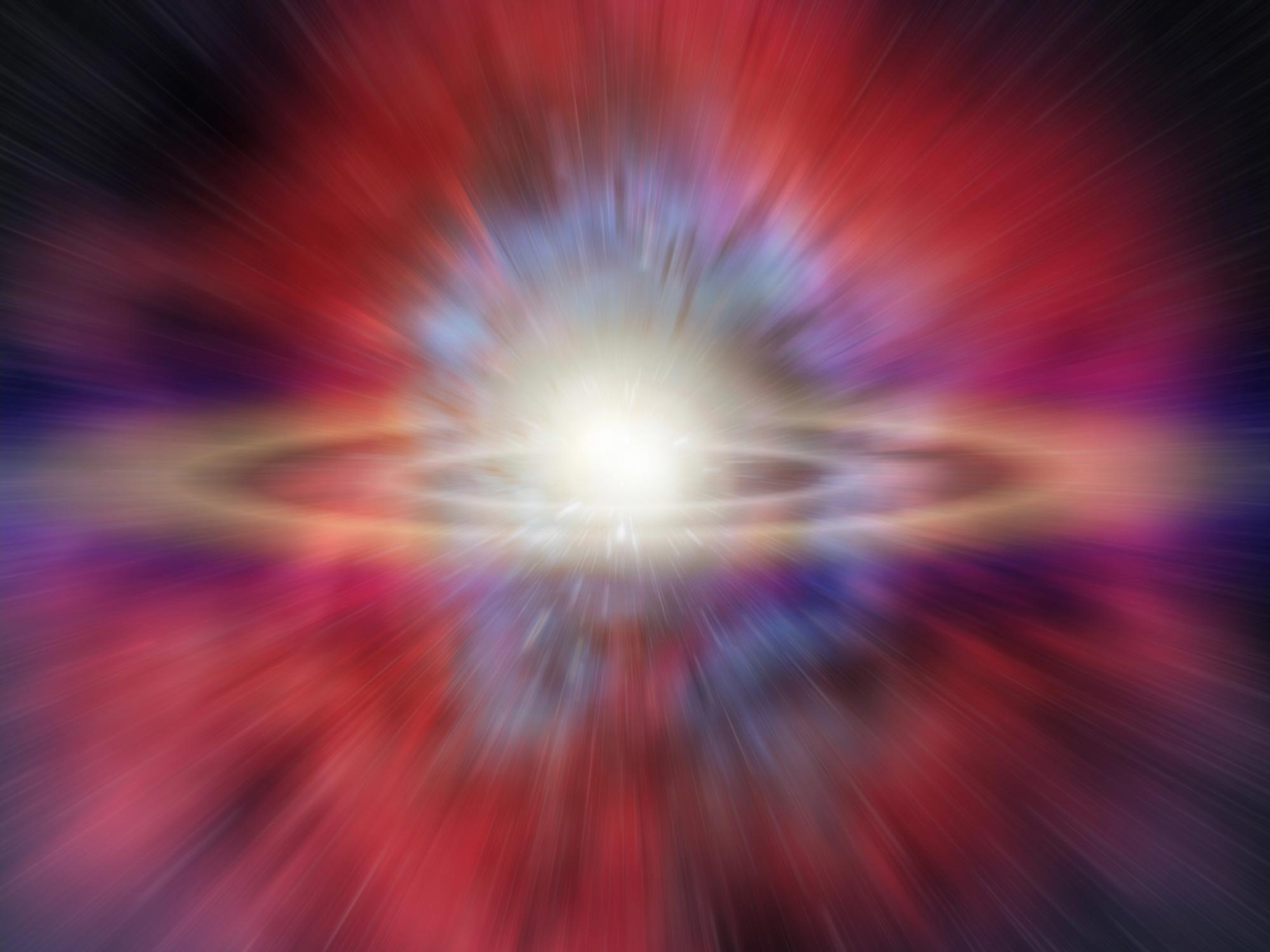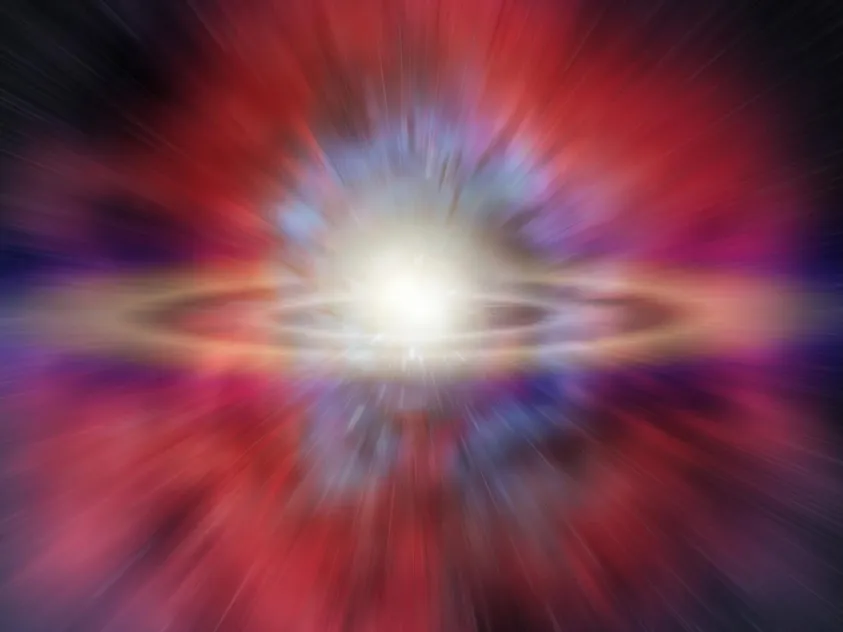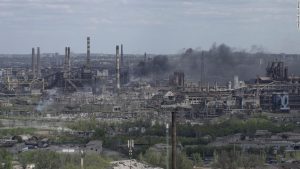

Scientists from the RIKEN Cluster for Pioneering Research have used computer modeling to show how a hypothesized type of supernova would evolve on the scale of thousands of years, giving researchers a way to look for examples of supernovae of this model, known as “D6.”
Supernovae are important for cosmology because one type, Ia, is used as a “standard candle” that allows distance to be measured. In fact, they were used for the measurements that revealed, surprisingly to first observers, that the universe’s expansion is accelerating. Although it is generally believed that type Ia supernovae are produced by the explosion of degenerate stars known as white dwarfs—stars that have burnt up their hydrogen and shrunk into compact objects—the process that triggers the explosions is not well understood.
Recently, the discovery of white dwarfs that are moving extremely rapidly has given added credibility to one proposed mechanism for the origin of these supernovae, D6. In this scenario, one of two white dwarfs in a binary system undergoes what is known as a “double detonation,” where a surface layer of helium first explodes, then igniting a larger explosion in the carbon-oxygen core of the star. This leads to the obliteration of the star, and the companion, suddenly freed from the gravitational attraction of the exploding star, is flung out at enormous velocity.
However, little is known about the shape of the aftermath of such an event long after the initial explosion. To investigate this, the researchers opted to simulate the long-term evolution of a supernova remnant lasting thousands of years after the explosion. In fact, scientists were able to detect several features in the progenitor system that were specific to this situation, providing a means to explore supernova physics, such as a “shadow” or dark patch surrounded by a bright ring. They also discovered that, contrary to popular belief, the leftovers of type Ia explosions are not always symmetric.
According to Gilles Ferrand, the first author of the study, “The D6 supernova explosion has a specific shape. We were not confident that it would be visible in the remnant long after the initial event, but actually we found that there is a specific signature that we can still see thousands of years after the explosion.”
Shigehiro Nagataki, the leader of the Astrophysical Big Bang Laboratory at RIKEN, says, “This is a very important finding, because it could have an impact on the use of Ia supernovae as cosmic yardsticks. They were once believed to originate from a single phenomenon, but if they are diverse, then it might require a reevaluation of how we use them.”
Ferrand continues, “Moving forward, we plan to learn how to more precisely compute the X-ray emission, taking into account the composition and state of the shocked plasma, in order to make direct comparisons with observations. We hope that our paper will give new ideas to observers, of what to look for in supernova remnants.”
The research, done in conjunction with an international group including researchers from the University of Manitoba, was published in The Astrophysical Journal on May 6th, 2022.
Reference: “The Double Detonation of a Double-degenerate System, from Type Ia Supernova Explosion to its Supernova Remnant” by Gilles Ferrand, Ataru Tanikawa, Donald C. Warren, Shigehiro Nagataki, Samar Safi-Harb and Anne Decourchelle, 6 May 2022, The Astrophysical Journal.
DOI: 10.3847/1538-4357/ac5c58

